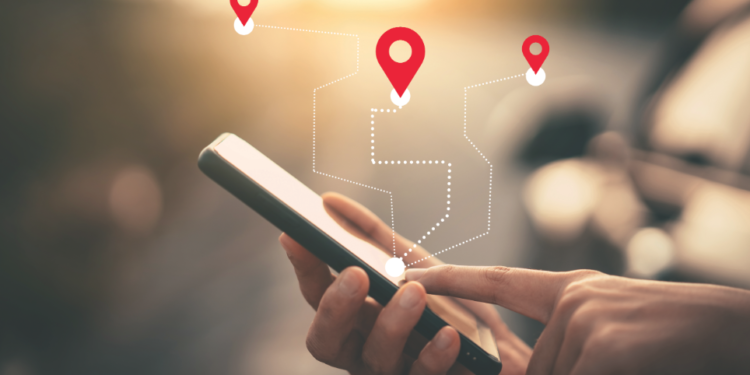Technology has made it easy to track your friends and family through location sharing apps, providing comfort for parents worried about their children or making sure your elderly parent made it to their doctor’s appointment. But there is a dark side to location sharing because bad actors have found nefarious ways to abuse the technology and technology companies collect that data, combine it, and sell or monetize it.
Location sharing uses sensors on mobile devices to pinpoint their location and report back to the interested party. This is generally done via a combination of GPS, cellular radios, and Bluetooth radios. Often, the accuracy of the subject can be narrowed within a few feet. The area a device is in, as well as the state of the device will dictate how accurate the technology can get.
Location sharing can be a permanent in that it is always turned on, or it can be an option that is activated for a specific timeframe or event. For instance, going to an amusement park? You may want to start sharing your location with your friends or children for the remainder of the day, so if you get separated you can find your way back to each other.
The benefits of being able to see where your loved ones are is obvious. However, understanding the potential trade-off is also important. There are several ways to use location sharing. These include offerings already on your phone such as Find My or Google Maps or third-party options such as the popular Life360. The largest first party offerings include:
As with any technology designed for good, there are scammers ready to take advantage. Location sharing technology can be used by stalkers and in abusive situations.
When using sharing your location keep in mind the following safety tips:
- Never authorize location sharing with someone that you don’t know.
- Discuss location sharing with your kids, and make sure they understand how it works, so that they do not share their location with would be bad actors.
- iPhones have a built-in service which will notify you if an unknown AirTag (location tracking device) is traveling with you, Apple also offers an app on Android which allows you to scan your area for any AirTag devices which may be surreptitiously tracking you.
In addition, consider the following when deciding to use location sharing:
- Larger more well-known companies are generally safer to trust.
- Read the fine print: most companies like Life360 publish their privacy policy on their website.
- Location sharing is a two-way street, at least as it applies to adults. Both parties should give consent to the location sharing before it is used.
- Consider all options when you activate location sharing and make sure it is setup in a way that works for you and gives you the features you want.
- Be aware of the principle on which certain location-sharing products work. Most apps offer the ability to share your current location, but it also tracks your movements in real-time. Choose what is best for you.
- Think carefully before turning on geotagging in your tweets, blogs, or social network accounts.
- Apply location features selectively. Consider only allowing geotagging on photos when you specifically need to mark them with your location. Note that it’s safer not to geotag photos of your children or your house.
Location sharing is a great example of technology that wasn’t readily available a few years ago, but now offers piece of mind. Used appropriately it offers great options for safeguarding your family and friends.
As your District Attorney, I’m committed to increasing communication and accessibility between the DA’s Office and the public. I hope these consumer and public safety tips have been helpful.









